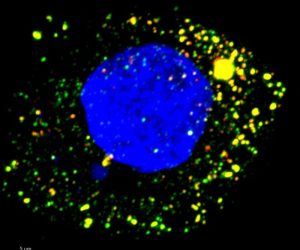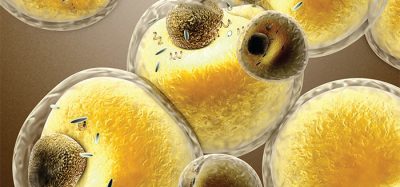Scientists discover the key to hepatitis A virus replication
Posted: 8 July 2022 | Ria Kakkad (Drug Target Review) | No comments yet
With no current treatments for hepatitis A, scientists have discovered how a protein and enzymes interact to allow hepatitis A virus to replicate.

The viral replication cycle is crucial for a virus to spread inside the body and cause disease. Focusing on that cycle in the hepatitis A virus (HAV), scientists from the UNC School of Medicine, US, discovered that replication requires specific interactions between the human protein ZCCHC14 and a group of enzymes called TENT4 poly(A) polymerases. They also found that the oral compound RG7834 stopped replication at a key step, making it impossible for the virus to infect liver cells. These findings, published in the Proceedings of the National Academy of Sciences, are the first to demonstrate an effective drug treatment against HAV in an animal model of the disease.
“Our research demonstrates that targeting this protein complex with an orally delivered, small-molecule therapeutic halts viral replication and reverses liver inflammation in a mouse model of hepatitis A, providing proof-of-principle for antiviral therapy and the means to stop the spread of hepatitis A in outbreak settings,” said senior author, Dr Stanley M. Lemon.
A few years ago, the researchers found that hepatitis B virus required TENT4A/B for its replication. Meanwhile, Lemon’s lab led experiments to search for human proteins that HAV needs to replicate, and they found ZCCHC14 – a particular protein that interacts with zinc and binds to RNA.
“We found ZCCHC14 binds very specifically to a certain part of HAV’s RNA, the molecule that contains the virus’s genetic information. And as a result of that binding, the virus is able to recruit TENT4 from the human cell,” explained Lemon.

Fluorescence microscopy image of HAV-infected cultured human liver cell. viral RNA targeted by ZCCHC14 appears green, and the virus’s protein red
[Credit: Maryna Kapustina, UNC School of Medicine].
In normal human biology, TENT4 is part of an RNA-modification process during cell growth. Essentially, HAV hijacks TENT4 and uses it to replicate its own genome.
This work suggested that stopping TENT4 recruitment could stop viral replication and limit disease. The team then tested the compound RG7834, which had previously been shown to actively block Hepatitis B virus by targeting TENT4. In the published study, the researchers detailed the precise effects of oral RG7834 on HAV in liver and faeces and how the virus’s ability to cause liver injury is dramatically diminished in mice that had been genetically modified to develop HAV infection and disease. The research suggests the compound was safe at the dose used in this research and the acute timeframe of the study.
“This compound is a long way from human use,” Lemon concluded, “But it points the path to an effective way to treat a disease for which we have no treatment at all.” “The treatment for Hepatitis A would be short term, and, more importantly, our group and others are working on compounds that would hit the same target without toxic effects.”
Related topics
Drug Discovery, Drug Leads, Gene Testing, Genome Editing, Genomics, Microscopy, RNAs
Related conditions
Hepatitis A
Related organisations
UNC School of Medicine
Related people
Dr Stanley M. Lemon







